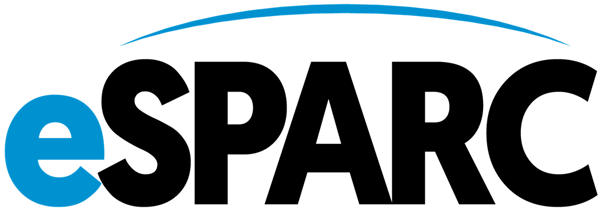On September 11, 2018, EPA proposed improvements to the 2016 New Source Performance Standards for the oil and gas industry (“2016 NSPS OOOOa”). The main changes involve amendments to the fugitive monitoring frequency and repairing schedule requirements. The new rule will significantly reduce regulatory burden and cost for energy producers and will streamline implementation and improve alignment between EPA’s rule and existing state programs. eSPARC has reviewed the proposed rule and identified the key modifications in the table below.
EPA is currently submitting the proposed revision for publication in the Federal Register. EPA will take public comment on the proposed amendments for 60 days after they are published in the Federal Register. More information on the proposed revision is available at https://www.epa.gov/controlling-air-pollution-oil-and-natural-gas-industry/proposed-improvements-2016-new-source
If you would like to learn more about NSPS OOOOa and how this rule change may affect your oil and gas operations, eSPARC is available to help you navigate this challenging regulation.
|
|
Current 2016 NSPS OOOOa |
2018 Proposed Amendment |
|---|---|---|
|
Monitor and Repair Schedule |
||
|
Monitoring Frequency for Well Sites(1) |
Owners or operators at all new and modified well sites are required to conduct an initial monitoring survey within 60 days of the startup of production, and semiannual monitoring surveys afterward.
|
|
|
Monitoring Frequency for Compressor Stations(1)
|
Requires an initial monitoring survey within 60 days after startup of a new or modified compressor station, then quarterly monitoring afterward. |
|
|
Schedule for Repairing Leaks
|
Repair leaking components within 30 days of detection and to re-survey the component within 30 days to verify that the repair was successful. |
Repair leaking components within 60 days of detection and resurvey the component. A first attempt at repair would be required during the first 30 days of that 60-day period. |
|
Alignment with State Programs |
||
|
|
Owners or operators had to request permission to meet a state or local program in lieu of EPA’s requirements by using the alternative means of emissions limitation (AMEL) process. |
Allows owners or operators to choose to base fugitive emissions monitoring and repair plans on requirements from certain states(3), in lieu of EPA’s requirements (prior notification to EPA required). |
|
Standards for Pneumatic Pumps at Wells Sites |
||
|
|
Methane and volatile organic compound (VOC) emissions from pneumatic pumps are required to be routed to an existing control device or process on site unless it is technically infeasible to do so. This exemption was only allowed for existing well sites. |
Expands the technical infeasibility provision to all well sites, including new well sites. |
|
Professional Engineer Certifications |
||
|
|
A professional engineer is required to satisfy pneumatic pump infeasibility and closed vent design certification. |
Allows either a professional engineer OR in-house engineer with appropriate expertise to satisfy applicable certification requirements. |
|
Notes:
|
||
 Close
Close




